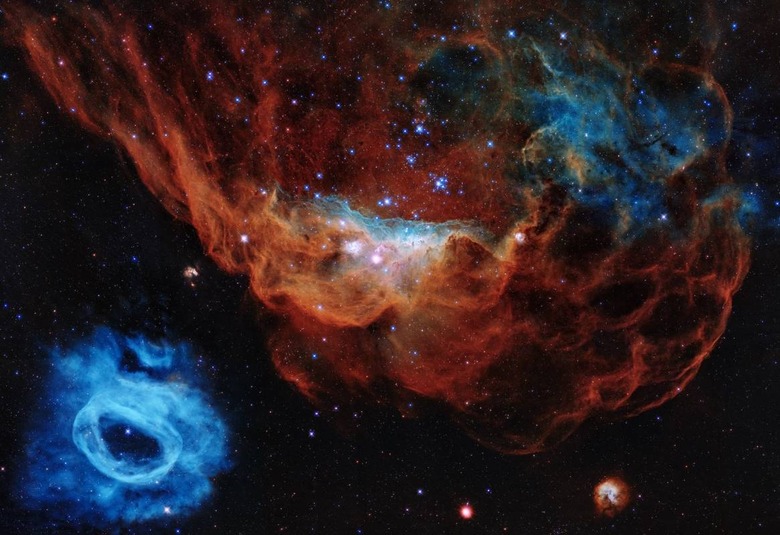Hubble Space Telescope Turns 30 And This Jaw-Dropping "Starbirth" Image Is The Gift
The Hubble Space Telescope is 30 years old, but NASA is giving us a gift rather than the other way round, with one of the most striking images the groundbreaking scientific instrument ever captured. Launched on April 24 all the way back in 1990, Hubble's journey to the launch pad wasn't without issues.
Nor, indeed, was it problem-free when observations began after Hubble reached orbit, after being deployed by space shuttle Discovery. NASA experts had to rush to address a mirror fix, after early images showed drastically lower clarity than expected.
Despite that challenge, and others since in the three decades that Hubble has been operational, the scientific pay-off has been immense. "It was revolutionary to launch such a large telescope 30 years ago, and this astronomy powerhouse is still delivering revolutionary science today," Thomas Zurbuchen, associate administrator for science at NASA Headquarters in Washington, D.C., said of the instrument. "Its spectacular images have captured the imagination for decades, and will continue to inspire humanity for years to come."
One of the key advantages of a space telescope is that it is unencumbered by the interference of Earth's atmosphere. That strips out certain wavelengths of light – in many ways to the benefit of humans down on the planet's surface – but in the process starves ground-based telescopes of important visual data. Out beyond the atmosphere, Hubble has rich pickings in terms of ultraviolet through to near-infrared light.

The results of that are visible in a newly-released image captured by Hubble. In it, a giant red nebula known as NGC 2014 sits alongside a smaller blue nebula, NGC 2020, in the Large Magellanic Cloud. Studded with stars some 10-20 times larger than our own Sun, NGC 2014 is a sparkling maelstrom some 163,000 light-years away from Earth.
Its smaller blue companion may look less dramatic at first glance, but at its core is a single, mammoth star, that is 200,000 times brighter than the Sun. The galaxies are known as "Cosmic Reef," because of their resemblance to a rich undersea world.
While images like this new one have made some of Hubble's discoveries most memorable, it's not solely been responsible for pretty pictures of the universe. With its data, scientists have been able to measure how fast the universe is expanding, and peer back in time across 97-percent of the universe to watch as stars and galaxies are born and evolve. It's also been instrumental in shaping our knowledge of black holes, helping identify that what once were considered astronomic rarities are in fact far more common.
While NASA is working on the James Webb Space Telescope, which is expected to bring a generational leap in optics when it launches in 2021, Hubble won't be mothballed any time soon. Just as multiple missions have seen the space telescope upgraded with new components and repairs over the past decades, so NASA and the European Space Agency (ESA) plan to keep Hubble operational through the 2020s.
